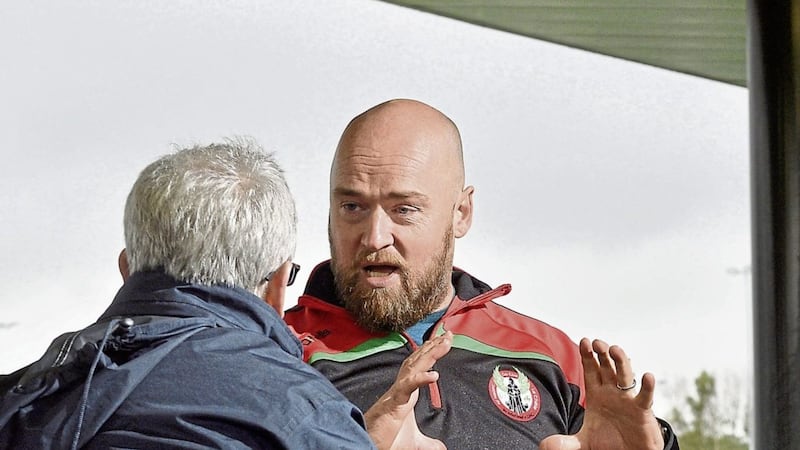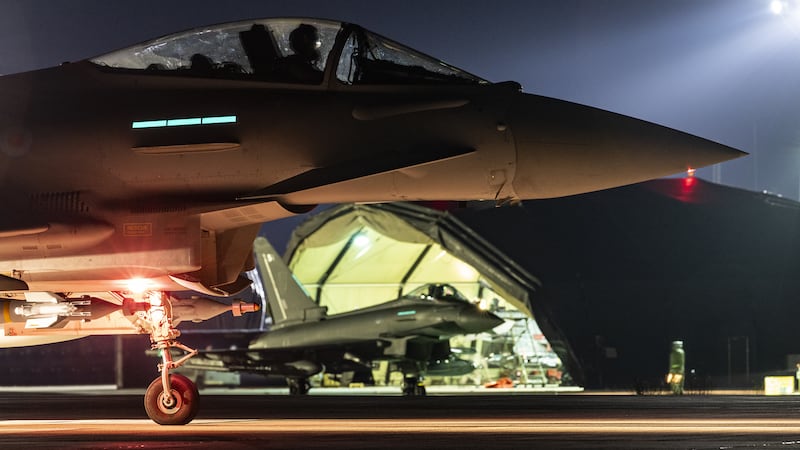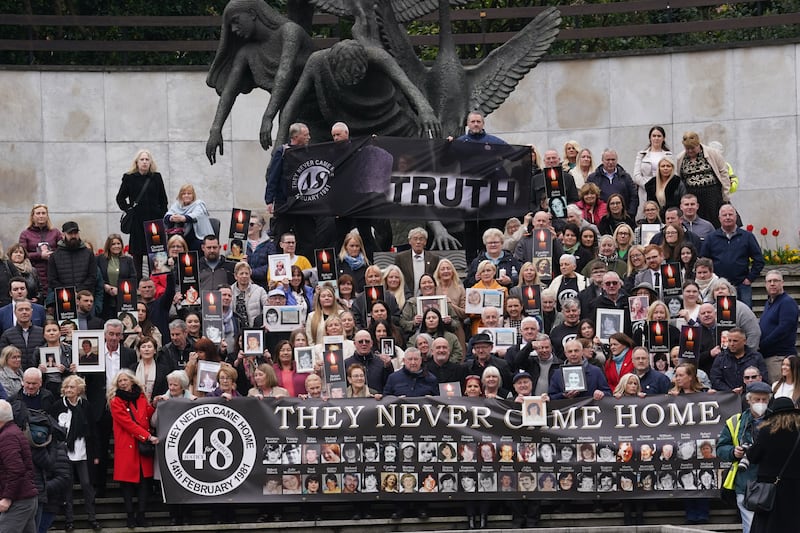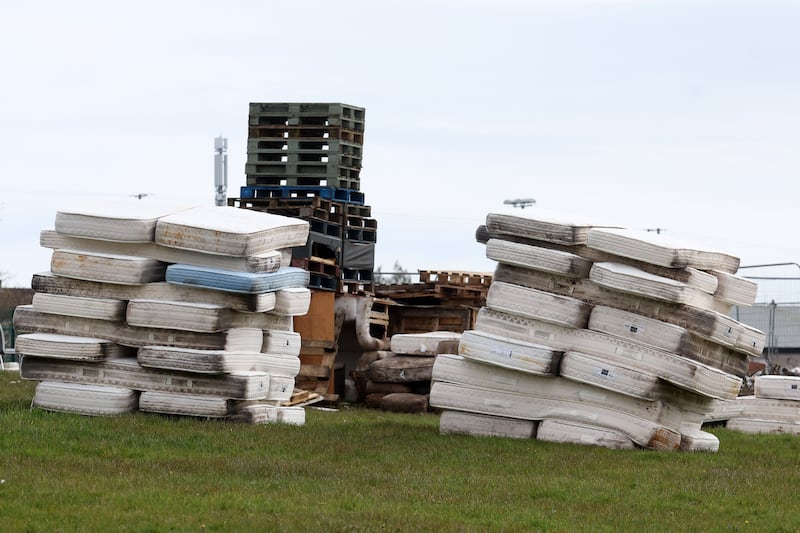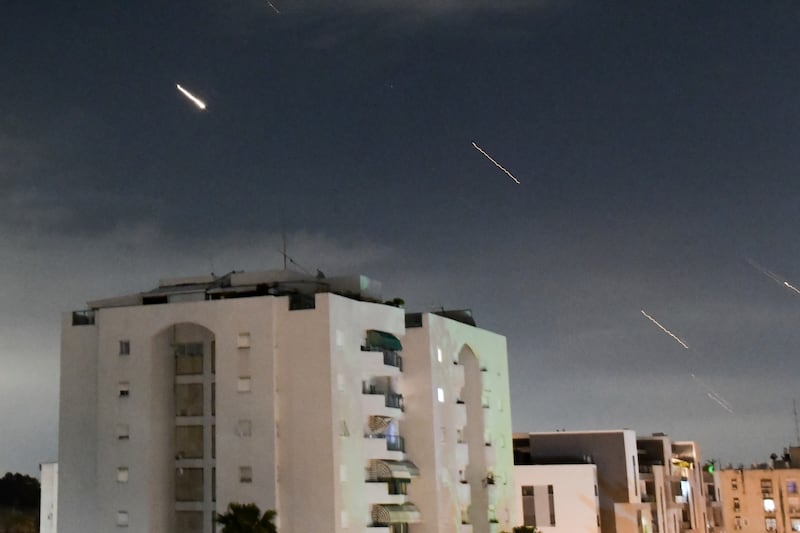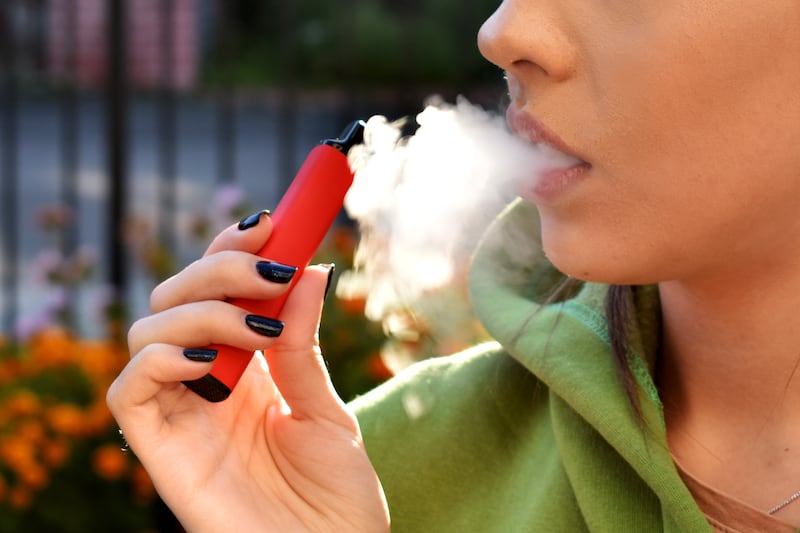I do not want to join the debate within the Catholic and nationalist community over former PSNI officer Peadar Heffron and the GAA. It strikes me, rightly or wrongly, as none of my business.
I do wonder if the Protestant and unionist community could have an equally forthright discussion under similar circumstances, although it is difficult to think of an exact parallel to Mr Heffron’s position.
There is no engagement with the state any Protestant and unionist can attempt that would be a comparable test of their own community, as that community still assumes the state inclines to it by default.
The concern about Mr Heffron’s case that belongs to us all is that nobody has been convicted over the 2010 attempt on his life.
Responding to questions last week, the PSNI confirmed nobody has even been charged, something that has attracted little attention from either the media or the public.
The PSNI consistently declares there to be around 200 active dissident republicans in Northern Ireland. We know from court testimony that most if not all are under constant surveillance. Evidence from such surveillance alone can be sufficient to secure a conviction - and certainly to bring a prosecution.
In 2010, a sudden reorganisation of dissident activity had left the intelligence services struggling to keep up. The attack on Mr Heffron was part of a two year spike in bombings and shootings, which included the 2011 murder of PSNI officer Ronan Kerr.
Questions were asked across the political spectrum about how well MI5 was handling dissident intelligence gathering - a role it acquired through the 2006 St Andrew’s agreement - and also how well it was cooperating with the PSNI, which lost that role as part of the same agreement.
The decline in attacks over the past five years suggests these problems were eventually resolved.
People were arrested and questioned over the attack on Mr Heffron, although there are no reports of files being sent to the Public Prosecution Service - a striking failure, given how readily the PSNI will send files on in other instances.
In 2014, the PSNI and the Police Ombudsman had a public spat over the Heffron case. As part of a wider investigation into how intelligence may or may not have been acted upon, the ombudsman examined claims that police had received a warning against an unnamed officer prior to the attack on Mr Heffron.
The PSNI refused to hand over any related information on the grounds it might endanger life.
Later in 2014, police raided a house in Newry during an alleged dissident meeting. MI5 recordings from this and eight proceeding meetings, later played in court, included a discussion about the attack on Mr Heffron. Nine men are currently awaiting trial for planning terrorist acts or belonging to a proscribed organisation.
There are two obvious explanations for this timeline of events.
First, the PSNI is just not very good at solving murders or attempted murders - a premise the raw statistics would support.
A second possibility, not incompatible with the first, is that intelligence concerns weighed heavily on the Heffron investigation.
The reasoning behind this may have been entirely legitimate and ultimately successful but of course we will never know, nor be given any meaningful assessment. We can only note that dissident violence is low and Heffron is not complaining about his former employer.
This is where society overall can put a fair question back to the Catholic and nationalist community.
If the police and intelligence services are overly cautious about pursuing dissidents - as they appear to be, compared to how killers of police officers would be hunted down in any other country - this caution must be partly to avoid a nationalist backlash.
The co-called ‘Craigavon Two’, jailed for involvement in the 2009 murder of PSNI officer Stephen Carroll, have, in my view, perfectly safe convictions that were upheld on appeal.
Yet that has not stopped claims of a miscarriage of justice being indulged across the nationalist community.
The same happened over the 2009 Massereene Barracks murders.
Separately, Derry republican Tony Taylor, returned to prison under licence due to an intelligence assessment, is said by Sinn Féin and the SDLP to have been ‘interned without trial - although such licensing arrangements are fully rights-compliant and a key safeguard of the Good Friday Agreement.
Perhaps Peadar Heffron’s attackers could have been caught and put away by a firm, assertive and self-contained police operation. But then, how long before Catholics and nationalists began humouring calls for their release?
newton@irishnews.com

